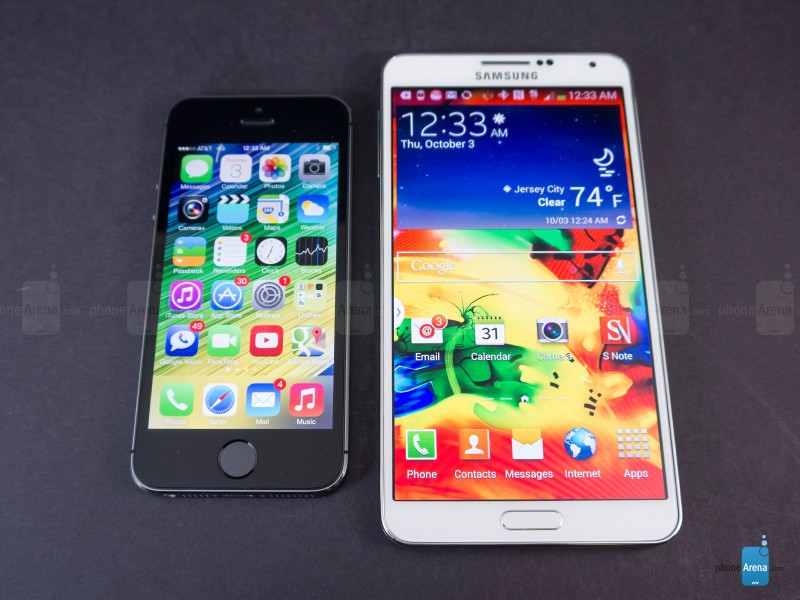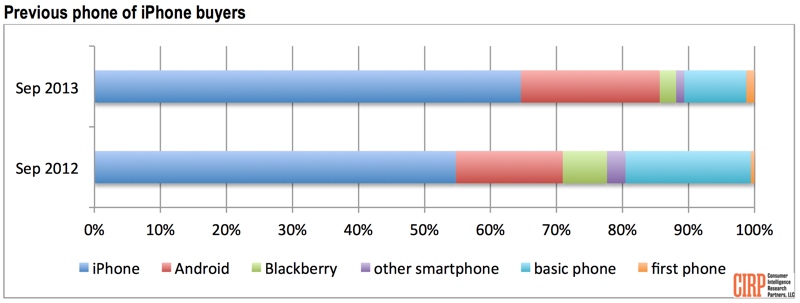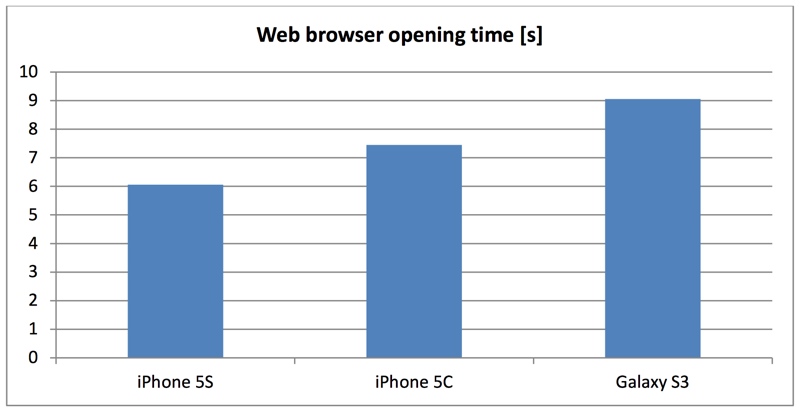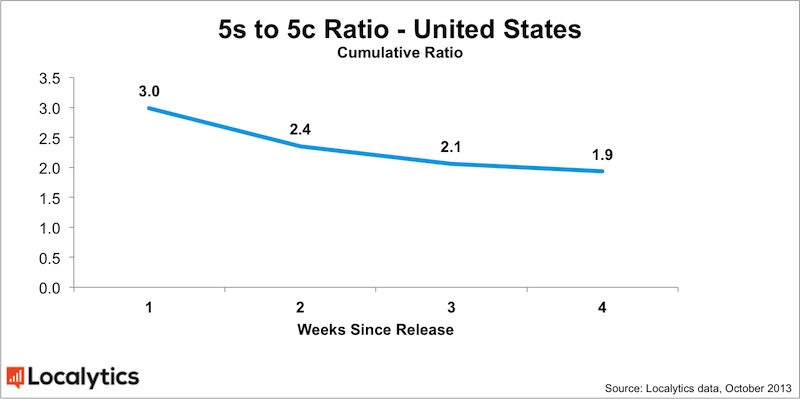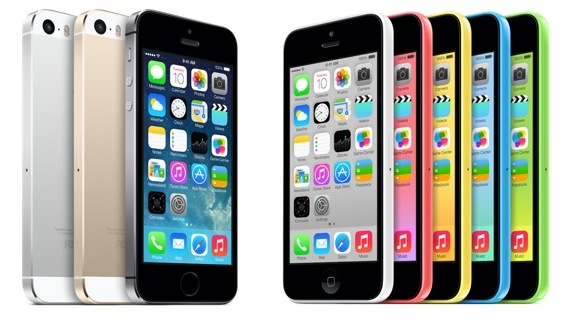Beginning this week, in-store iPhone trade-in value will no longer be affected by the phone’s Liquid Contact Indicators, reports 9to5Mac. According to Apple retail employees, iPhones that have activated Liquid Contact Indicators will be accepted for trade-in and the damage will not have a negative impact on trade-in value.

Though tripped sensors will not impact value, Apple will continue to refuse devices that have been noticeably damaged by water. Only phones that have had their sensors activated by slight amounts of moisture or humidity can be traded in. In the past, Apple’s indicator tape has been proven to be triggered by humid conditions, which ultimately resulted in a lawsuit against the company.
This week’s changes to the program, however, will allow more customers to trade in their devices. However, the company isn’t going to start allowing seriously water-damaged phones for trade-in anytime soon. If there is evidence of liquid under the phone’s display or corrosion in the ports, the phone will still be ineligible for any trade-in value regardless of what the liquid contact indicator looks like.
When Apple’s trade-in program launched back in August, the company did not accept phones that had any kind of water damage. The new policy on Liquid Contact Indicators will apply both in the United States and the U.K., where the program launched in October.
Apple’s in-store Reuse and Recycling program provides users with a gift card that can be used towards the purchase of a new on-contract phone. Trade-in values are based on model, capacity, and other criteria such as physical condition.
